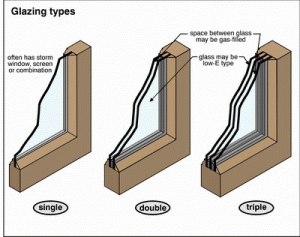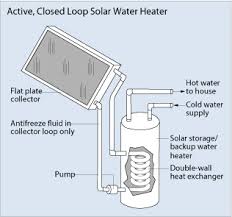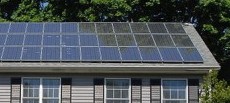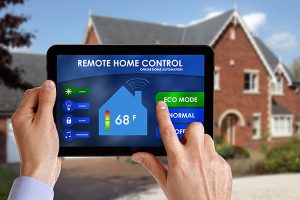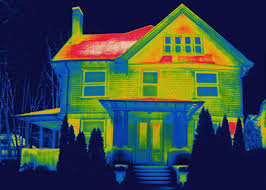Whether you buy or rent your home, improving your home’s energy efficiency can make the difference between a place you live and the place you love. Here are our Top 5 reasons to improve your home energy efficiency.

5. A home that consumes less energy creates less pollution. Energy created for residential buildings is largely created by consuming fossil fuels. By-products of this energy creation are greenhouse gases and other pollutants. These can accumulate in the air, ground, and water, and damage the health of the environment.
4. A home that is optimized for energy efficiency has less of an effect on man made climate change. Energy efficient houses consume less energy, and they also make the most effective use of the energy they do consume. This means fewer damaging heat emissions and chemicals enter the environment.
3. Energy efficient homes are more comfortable homes. A programmable thermostat can keep your rooms at the perfect temperature day and night, season to season. Low-e windows keep your rooms comfortable year round, and they can block damaging UV rays. Not only are new appliances more energy efficient, they’re quieter and easier to clean and repair. All of this makes it easier and more comfortable for you to love where you live.
2. Energy efficient homes are less expensive to own and operate. Replacing older appliances with Energy Star rated models will save you money every hour they’re in service – and you may qualify for a rebate, too! Other home improvements, like weatherization and air sealing, keep your expensively heated and cooled air inside where it belongs, saving you money on your heating and cooling bills.
1. Energy efficient homes are healthier homes for you and your family. Air sealing and better insulation keeps your home comfortable, and it can also keep out moisture, mold, and pests that make your family sick. A fully serviced HVAC system can improve the indoor air quality of your home, helping you and your family breathe easier and sleep better.
There are many reasons to improve your home’s energy efficiency. Whether you want to reduce your costs of owning or renting, sell for the highest price, or keep your family comfortable and healthy all year long, home energy efficiency can deliver.
